
The 2nd Stop
Institute of Remote Sensing and Digital Earth, Chinese Academy of Sciences (RADI) & International Cerntre on Space Technologies for Natural and Cultural Heritage under the Auspices of UNESCO (HIST)
On March 30, 2017, participants of the Centre went to Institute of Remote Sensing and Digital Earth, Chinese Academy of Sciences (RADI) and International Cerntre on Space Technologies for Natural and Cultural Heritage under the Auspices of UNESCO (HIST) for a visit.
Under the guidance of the staff from HIST, the participants visited the Digital Earth platform, Airborne Satellite Remote Sensing Centre, Satellite Operation and Management Department, etc. They got a better understanding of the relationship between the theoretical knowledge and cultural heritage protection through the explanation by the experts.
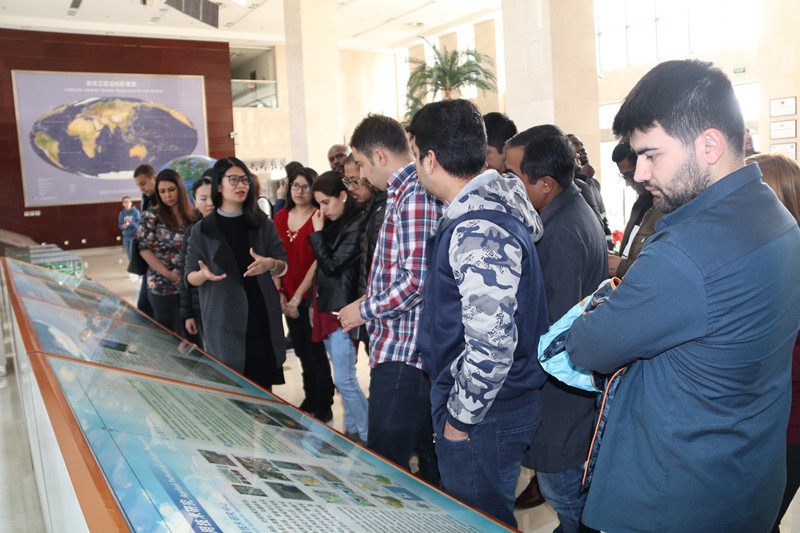
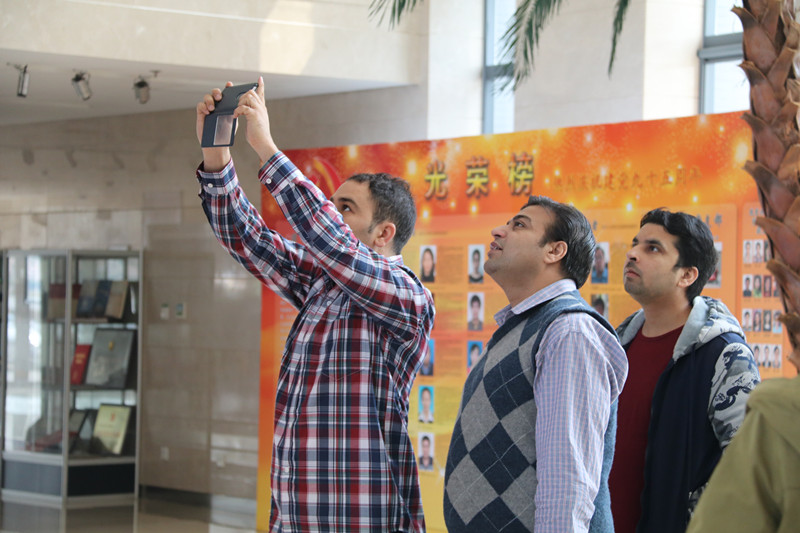
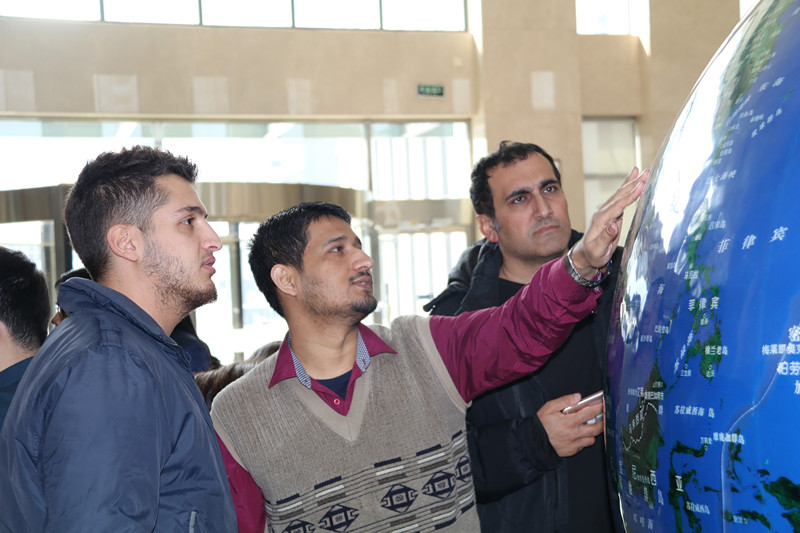
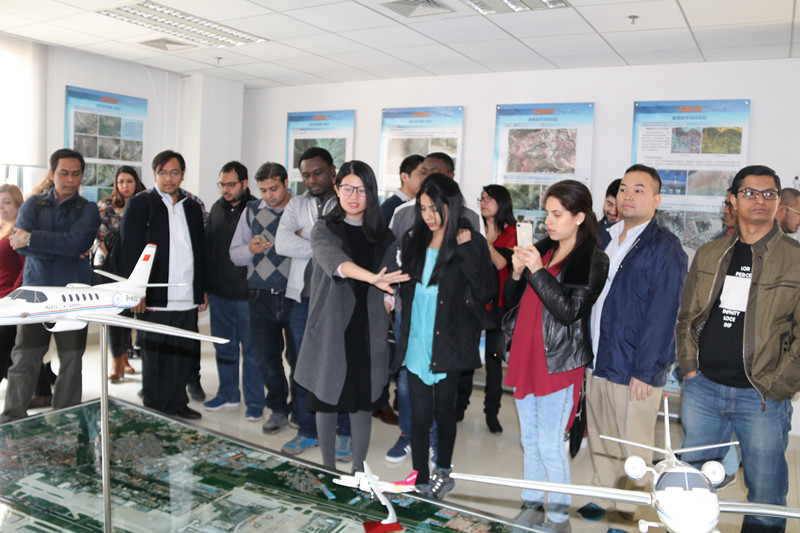
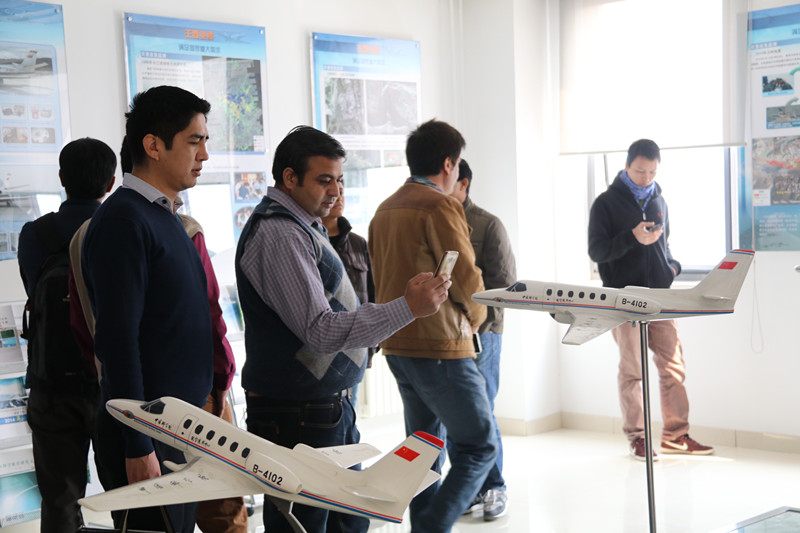
Then, the participants watched the special video named "Digital Earth Science" and "Space Technologies for World Heritage" with 3D glasses, which impressed them a lot.
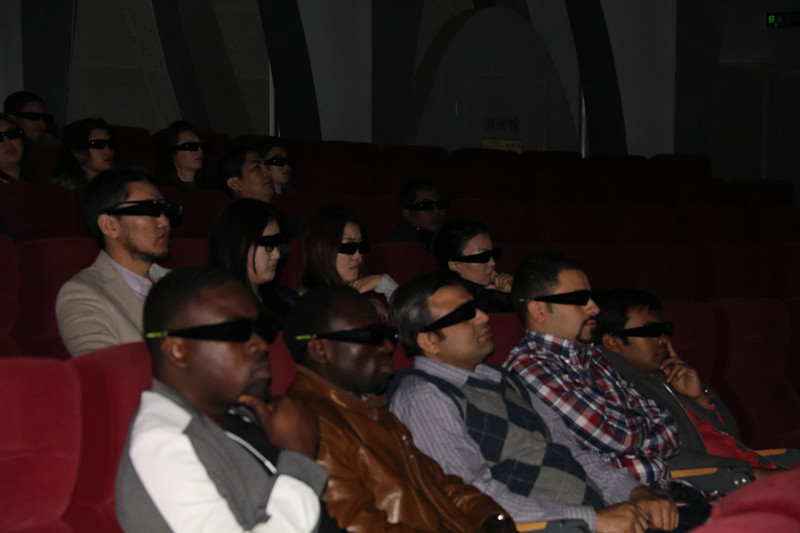
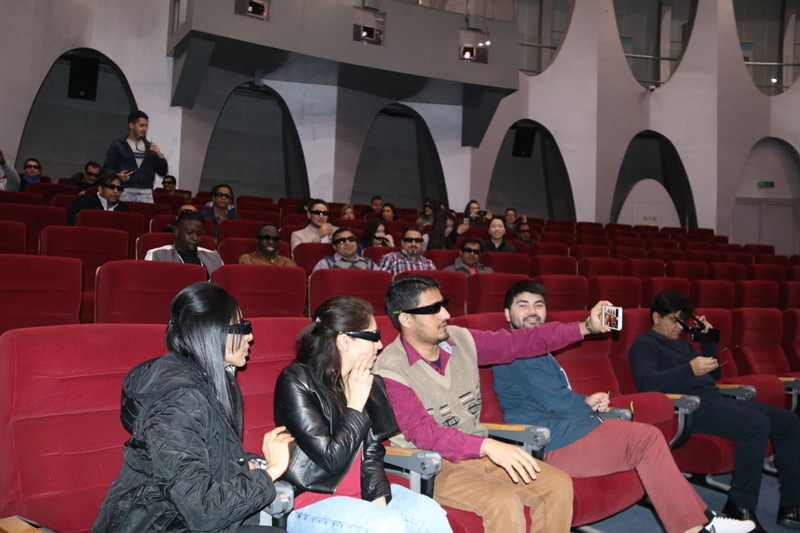
Finally, Pro. Hong Tianhua, Secretary General of HIST, delivered an excellent lecture titled “HIST - A Platform on Space Technologies for UNESCO Designated Sites”, giving a detailed introduction about HIST from the development history, mission, scientific research achievements, etc. It made the participants have a more systematic understanding of the visit.
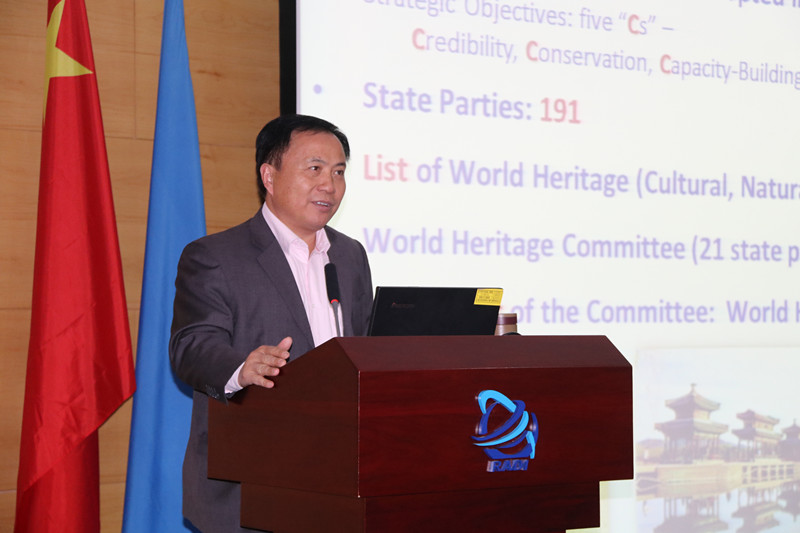
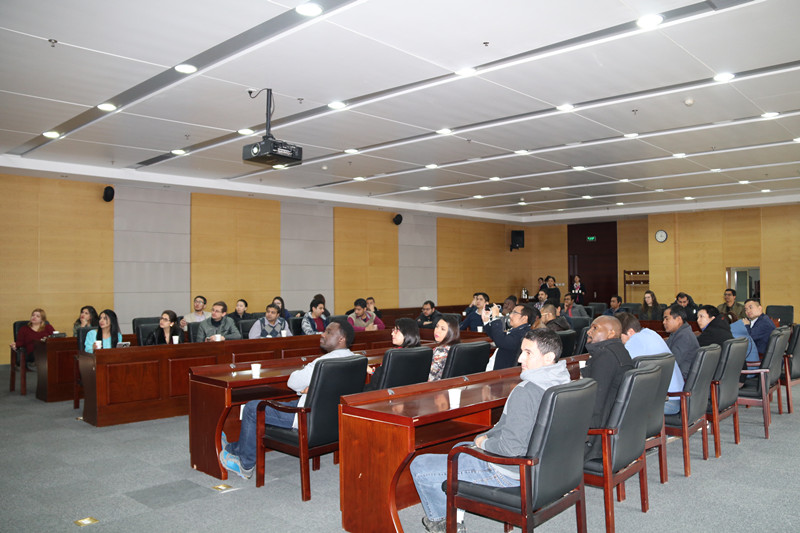
It is an inevitable trend to study the world’s natural and cultural heritage by using spacial information technology, which is an integration of natural and social science, high technology and art. MORALES BARRERA REINALDO, a participant from Peru, said, “It was a interesting visit for me, I didn't know as much as others students about Remote Sensing and Digital Earth and I learned a lot from this visit. It is incredible that people who lives so far from South America are thinking to protect our Cultural Heritage using Space Technology.”

The International Cerntre on Space Technologies for Natural and Cultural Heritage (HIST), a category-II centre under the Auspices of UNESCO, was proposed to UNESCO by the Chinese Academy of Sciences in May 2007, approved by the 35th General Conference of UNESCO in October 2009, and ratified by the State Council of China in April 2011. On July 24th, 2011, the launching ceremony of HIST was held in Beijing. This is the first UNESCO centre based on the application of space technologies to the monitoring and conservation of natural and cultural world heritage sites, biosphere reserves and geoparks. The centre is hosted by the Institute of Remote Sensing and Digital Earth (RADI) which is a newly formed institute of CAS based on the merger of the Centre for Earth Observation and Digital Earth (CEODE) and the Institute of Remote Sensing Applications (IRSA).

